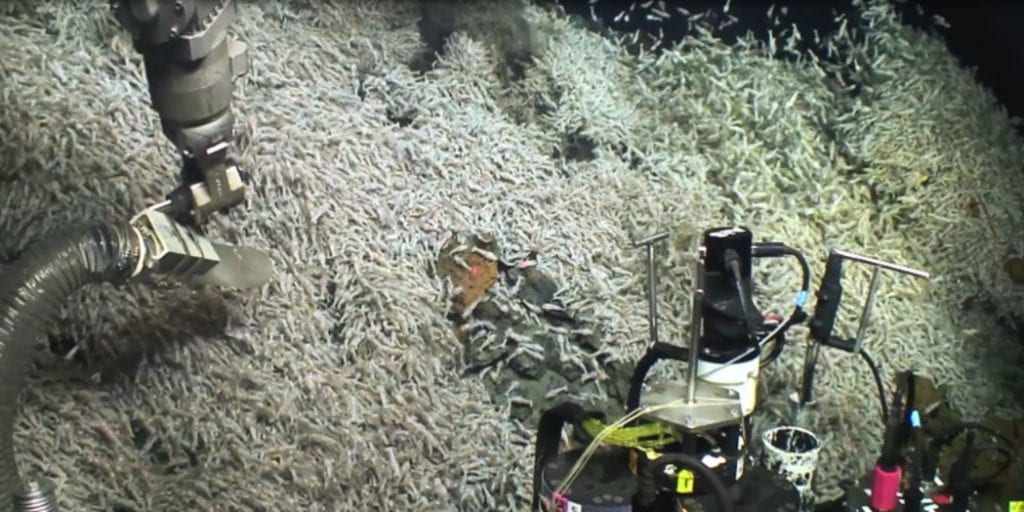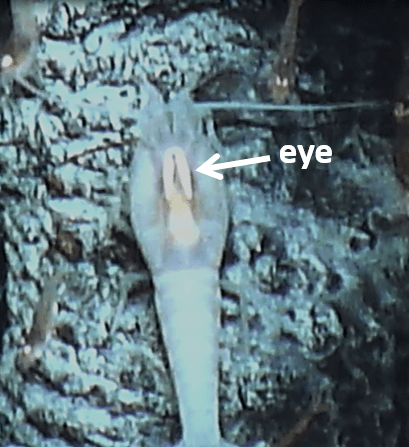Hydrothermal Vent Shrimp Vision and Bioluminescence


PROJECT UPDATES
see our latest cruise page here!
Hydrothermal vents have given rise to remarkable ecosystems in the world’s oceans that contain organisms with specific adaptations for surviving in this extreme environment. Decapod shrimp in the family Alvinocarididae are some of the most abundant mobile fauna at hydrothermal vents, occurring in massive swarms at Pacific, Indian and Atlantic vent sites. A suite of unique adaptations allows vent shrimp to thrive in an environment that has limited food, scalding temperatures and low oxygen, however the sensory mechanisms for how these shrimp perceive and locate these vents is unknown. Originally described as eyeless, vent shrimp are now known to undergo dramatic transformations in eye morphology with some species having massively fused dorsal eyes. To date, all the structural studies that have been undertaken on the adult vent shrimp suggest that they are blind or the eyes are degenerating. These results are contradicted by studies demonstrating that the pelagic post-larvae/juveniles appear to have functional visual systems. It is unlikely that the metamorphosis from normal stalked eyes (post-larvae) to the huge dorsal eyes (adults) results in a degenerated eye. As all of these earlier studies utilized adult shrimp that had been collected under blindingly bright submersible lights, it is likely that the “degeneration” resulted from significant photoreceptor destruction caused by the bright lights. An additional challenge of vent shrimp visual ecology is that, even if they have visually competent eyes, the paradigm has been that their eyes were “degenerate” because there is not enough ambient light at the vents to support vision. However, while deep-sea hydrothermal vents represent an extreme dim light habitat where solar radiation is minimal, there are several sources of ambient light, produced by both abiotic triboluminescence or chemiluminescence, as well as biological bioluminescence. Several studies suggest that there is no bioluminescence at these vent sites, but incorrect methodology may have resulted in this conclusion.

Using methods we and colleagues have developed over decades to study vision and bioluminescence in crustaceans from other deep-sea habitats, we will embark on a series of cruises in 2025 and 2026 to collect vent shrimp with intact photoreceptors from two vent sites for molecular, physiological, and structural studies on their visual capabilities. These measurements will be coupled with a systematic survey of pelagic and benthic luminescence at the vents using in situ and shipboard approaches to determine if these are viable visual stimuli. Utilizing molecular techniques, we will be able to identify the pelagic post-larvae/juveniles to species to also determine if the percentage of larvae of different species reflect the abundance of the adults at the vents, data that are critical to determining how these communities are maintained.
PROJECT UPDATES
May/June 2025 – We are at sea on the R/V Armstrong conducting experiments at the Lucky Strike vent field on the Mid-Atlantic Ridge. The ROV JASON is onboard to help collect hydrothermal vent shrimp and measure light at vents.
Check out our updates on the cruise blog here!



